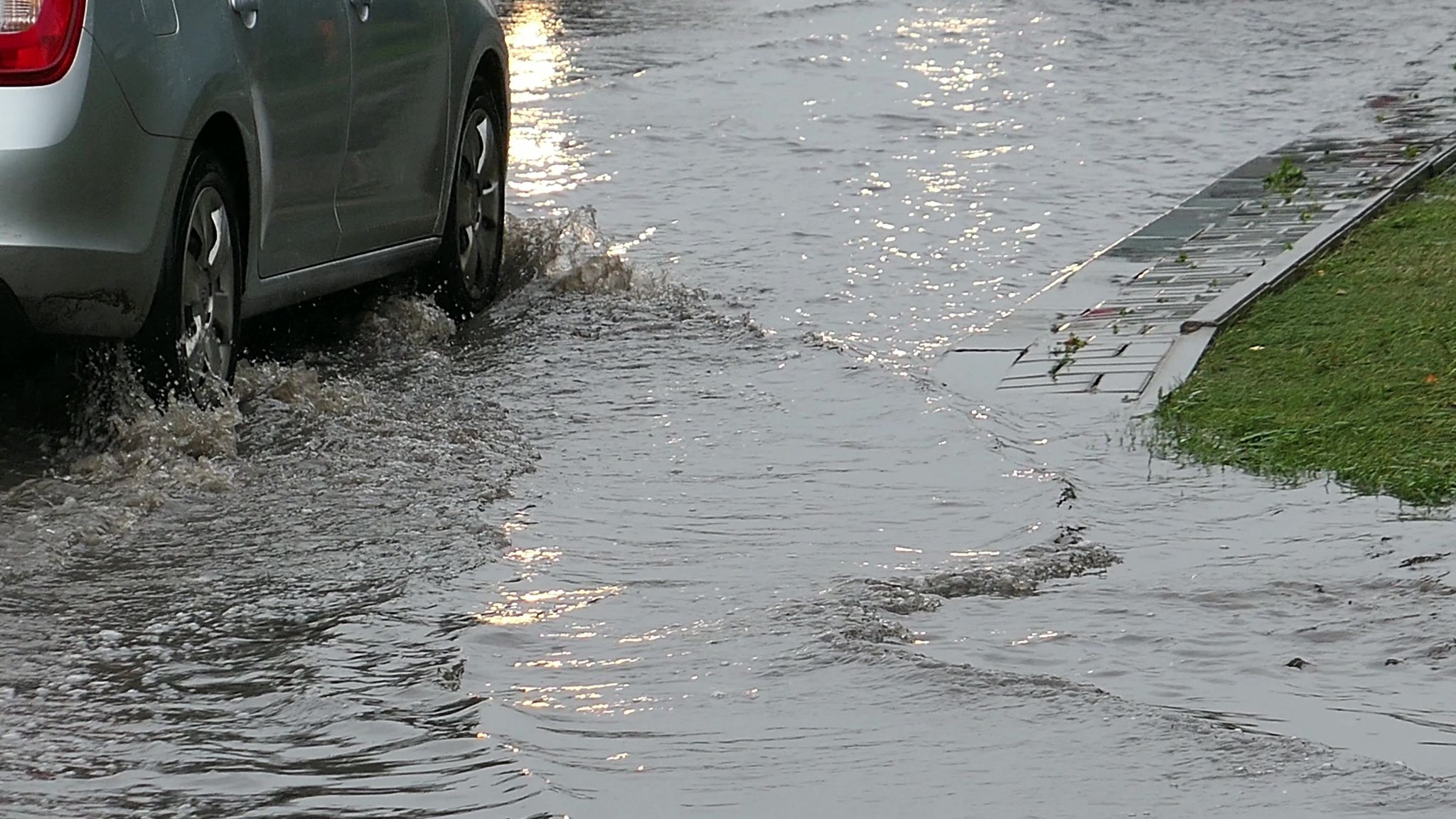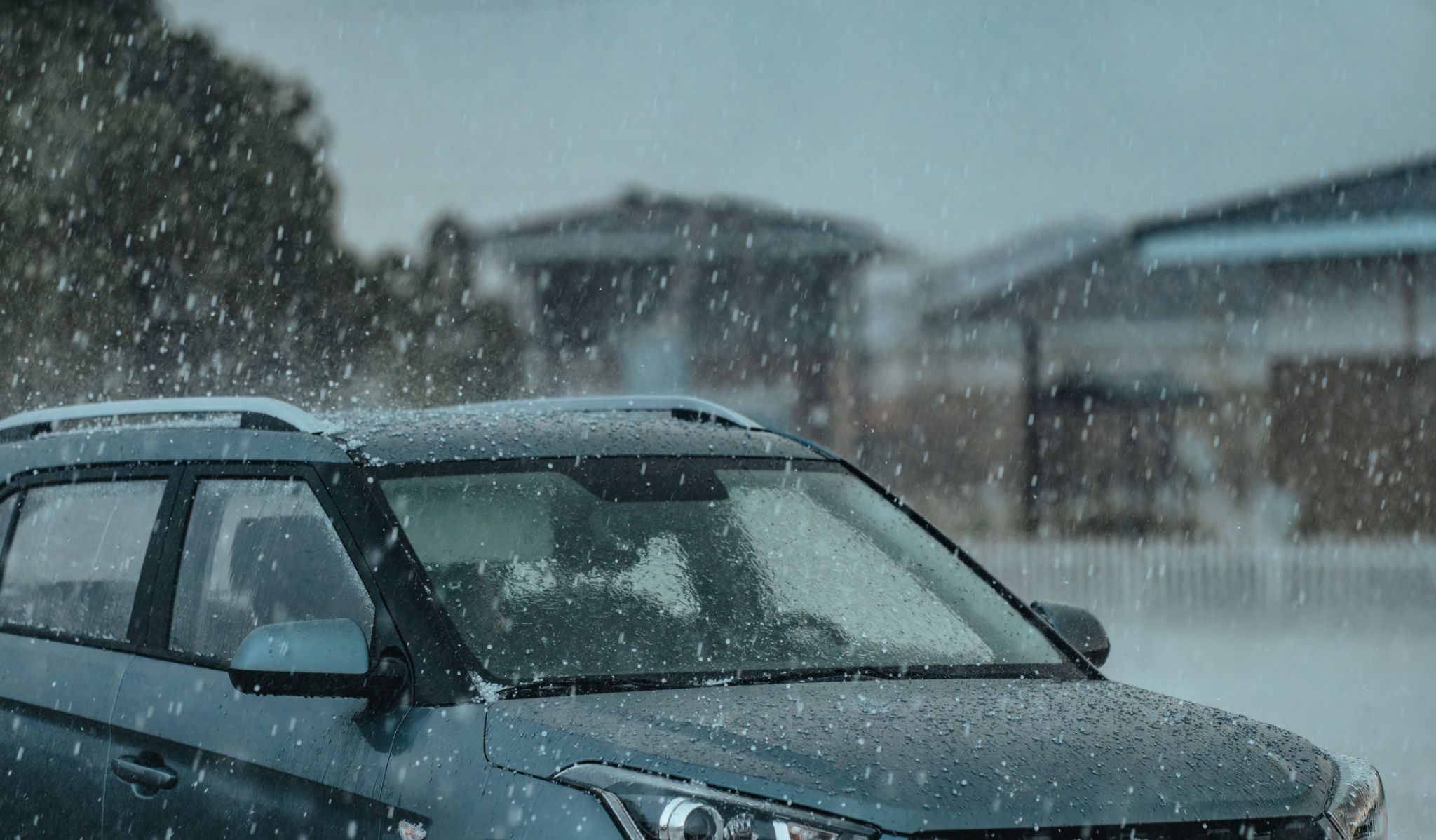Seasonal Guide: Preparing for the Rainy Season with the Right Insurance
Understanding the Importance of Rainy Season Insurance
As the rainy season approaches, it becomes crucial to prepare not only your home and car but also your insurance policies. The increased risk of flooding, water damage, and accidents make having the right insurance coverage more important than ever. Ensuring that you're fully covered can save you from significant financial loss and give you peace of mind.

Assessing Your Current Coverage
Before the rains start pouring, take some time to review your existing insurance policies. Check your homeowner's or renter’s insurance to determine if it covers flood damage. Many standard policies do not include this, requiring an additional flood insurance policy. Similarly, review your auto insurance policy to ensure it covers potential water damage or accidents caused by slippery roads.
If any gaps in coverage are identified, it's wise to contact your insurance provider to discuss adding necessary policies or riders. These adjustments might involve minimal costs now but can prevent enormous expenses in case of an unforeseen event.
Flood Insurance: A Must-Have
Flooding is one of the most common and costly natural disasters during the rainy season. Flood insurance is essential if you live in an area prone to heavy rains or near bodies of water. This coverage is typically not included in standard home insurance policies and must be purchased separately.

When opting for flood insurance, consider the following:
- The waiting period: Most flood insurance policies have a 30-day waiting period before they become active.
- Coverage limits: Understand what is covered under the policy, including building and contents coverage.
- Risk assessments: Evaluate your property's flood risk to determine the appropriate coverage level.
Adjusting Auto Insurance for Rainy Conditions
Your vehicle is also at risk during heavy rains. Comprehensive auto insurance can protect against damage caused by flooding and falling debris. Additionally, consider increasing your liability limits and adding uninsured motorist coverage, as accidents are more common during wet weather.
Ensure that collision coverage is part of your policy, as it covers damages to your car resulting from accidents, regardless of fault. This is particularly important for areas with high rainfall, where road conditions can deteriorate rapidly.

Protecting Valuable Assets
The rainy season can also impact other valuable assets such as electronics, furniture, and personal belongings. Consider raising the coverage limits on your homeowner's or renter’s insurance or purchasing additional riders for high-value items.
Creating an inventory of your belongings and their estimated value can help you determine the necessary coverage level. This inventory will also be useful for filing claims in the event of damage.
Prevention is Key
While insurance provides a safety net, taking preventive measures can minimize potential damage during the rainy season. Ensure your home has proper drainage systems, check for leaks in the roof, and maintain gutters and downspouts. Safeguard important documents in waterproof containers and keep electronic devices elevated.
For vehicles, ensure tires are in good condition, wipers are functioning correctly, and avoid driving through flooded areas whenever possible.

Conclusion: Stay Prepared and Informed
Preparing for the rainy season involves more than just packing an umbrella. By assessing your insurance needs and taking preventive measures, you can safeguard your home, car, and belongings from potential water-related damages. Remember to regularly review and adjust your policies as necessary to ensure comprehensive protection throughout the rainy season.
Being proactive now will save you from headaches later and provide peace of mind knowing you're well-prepared for whatever the weather has in store.
